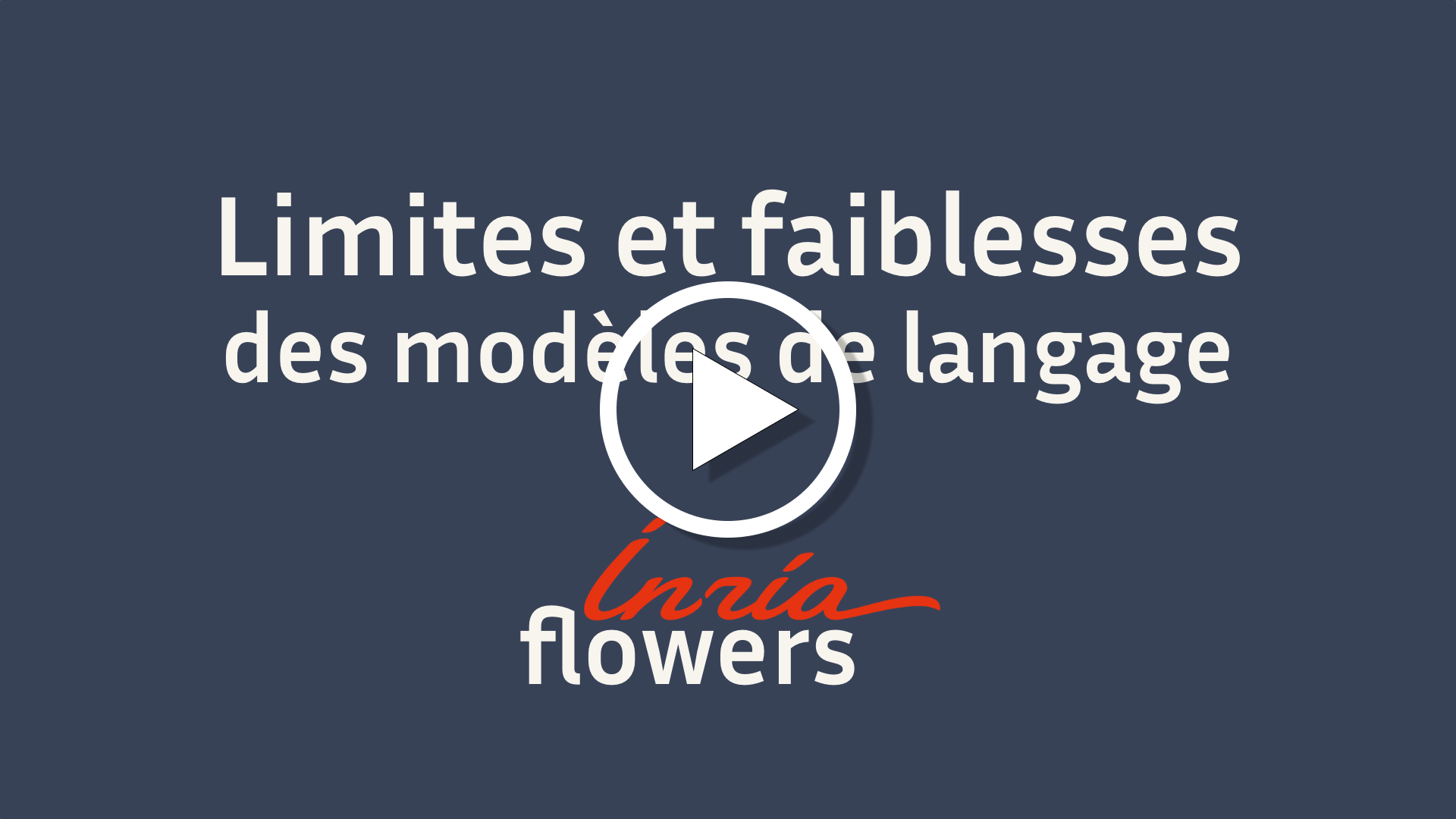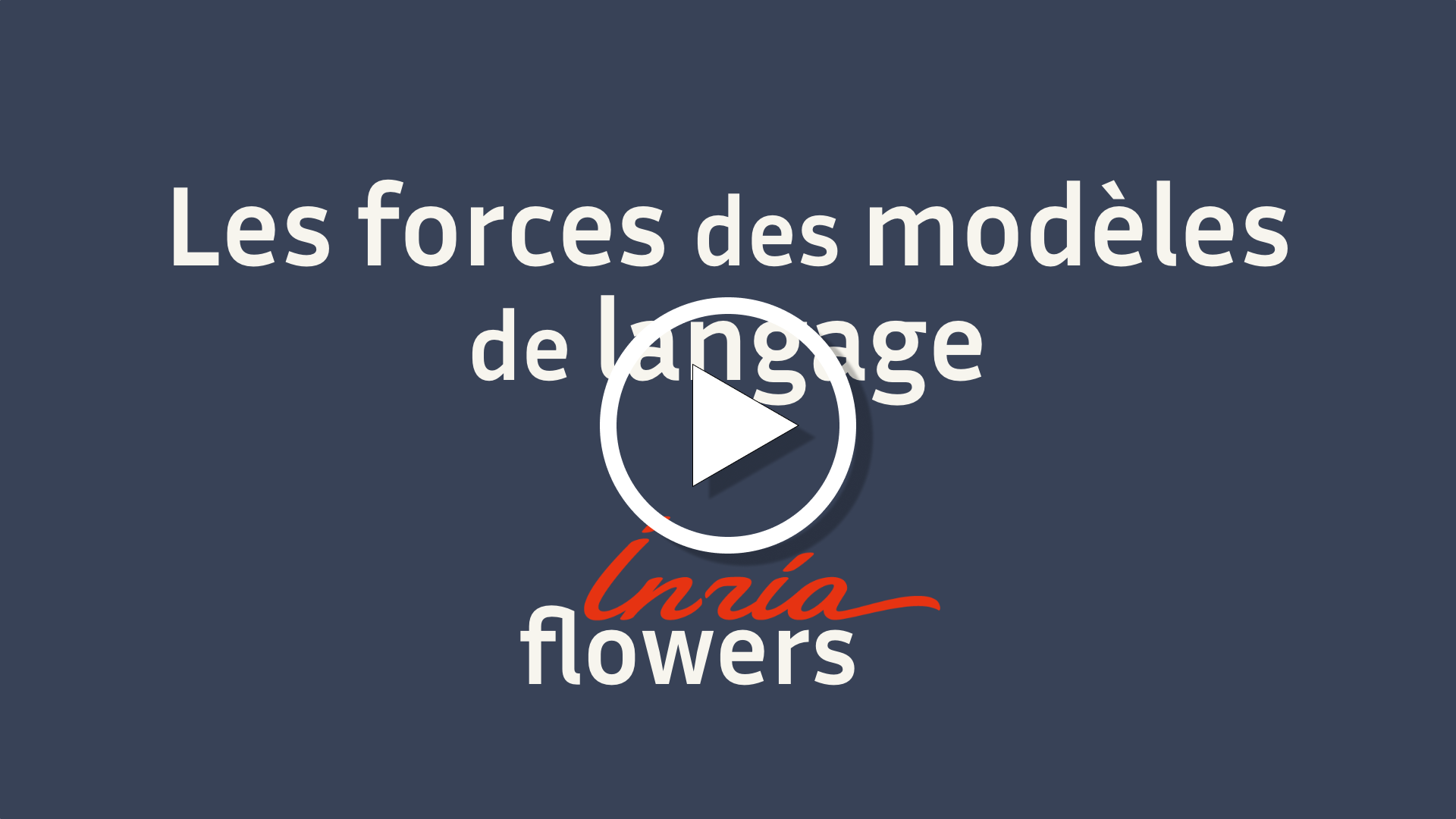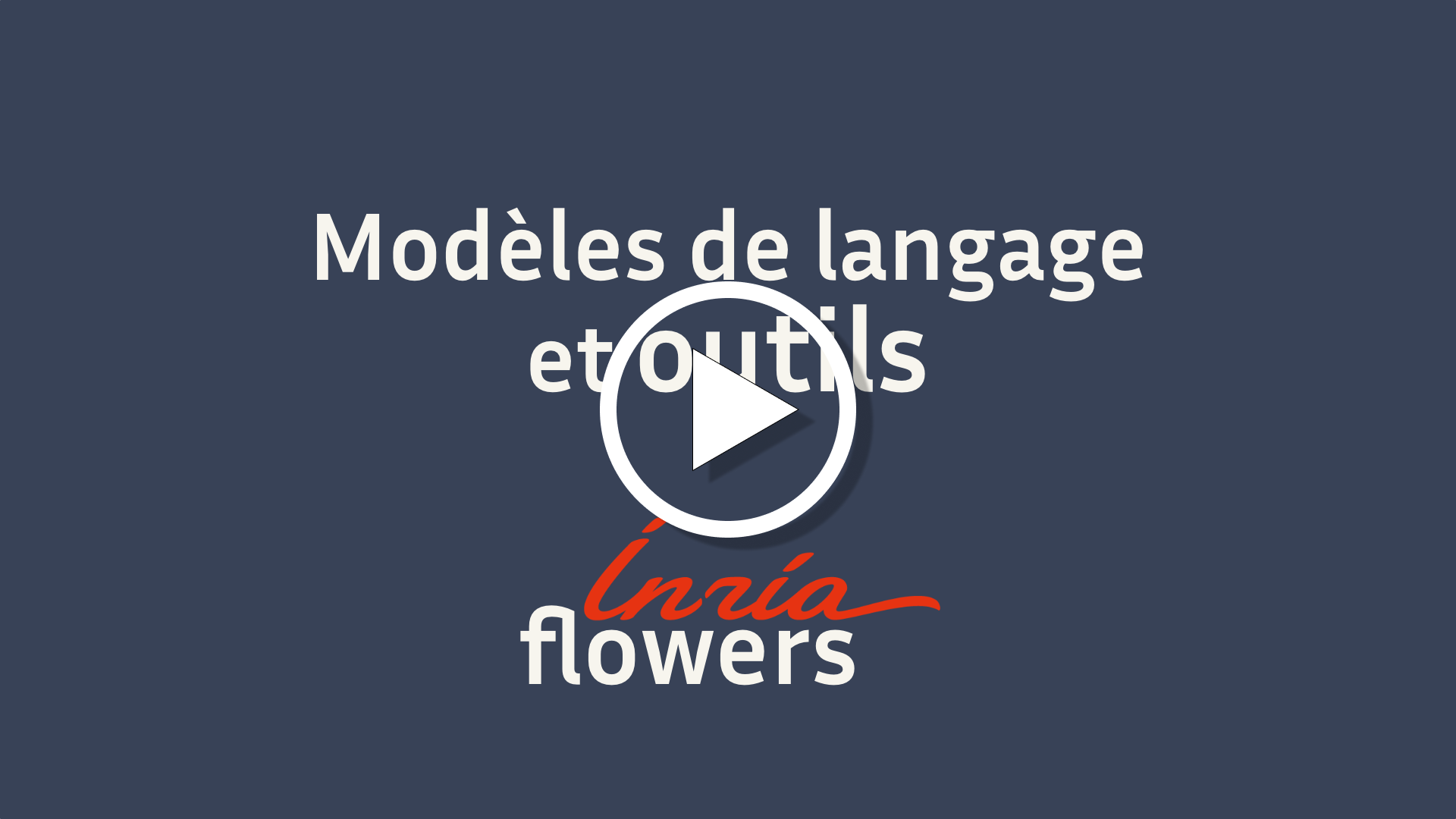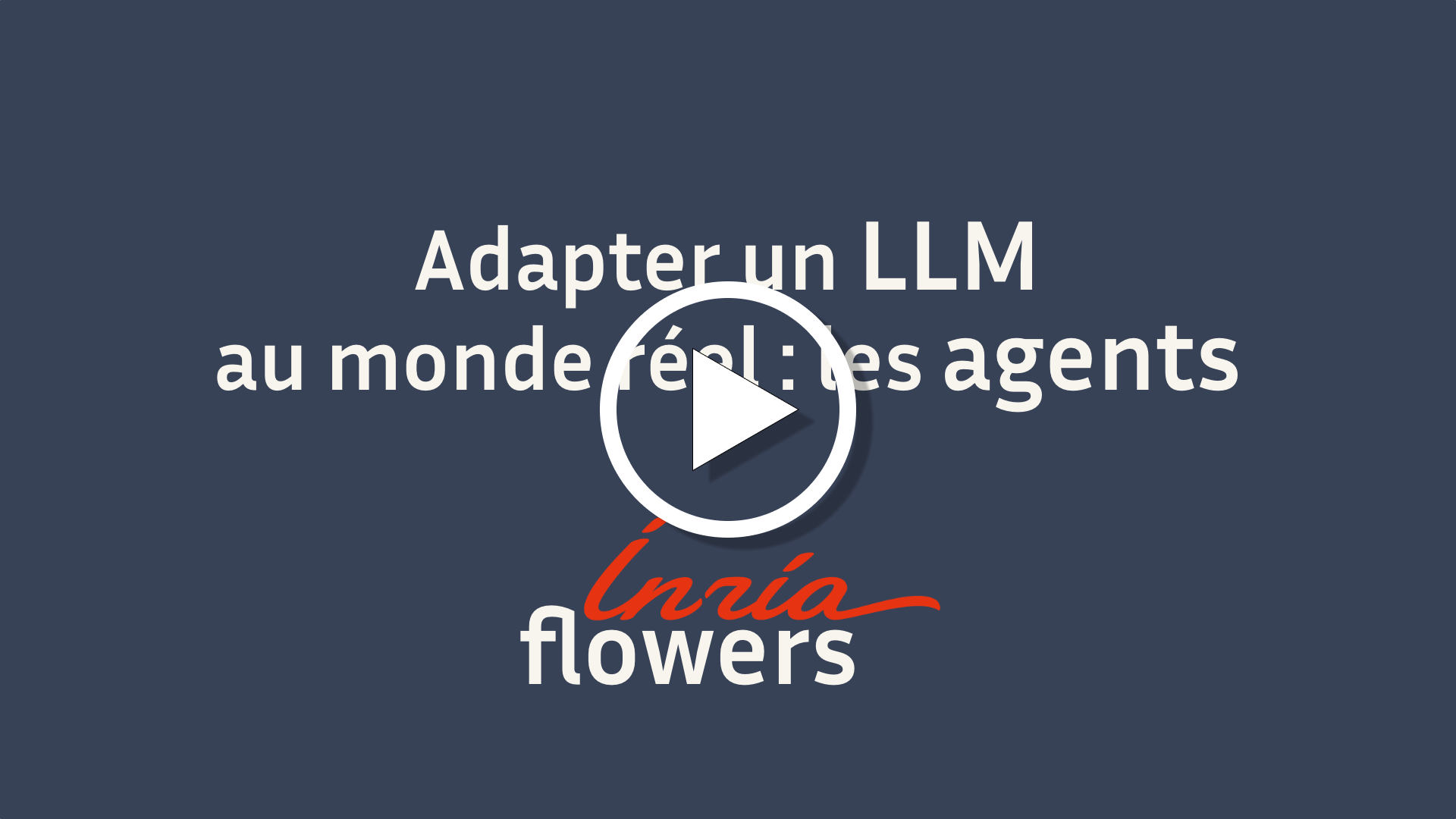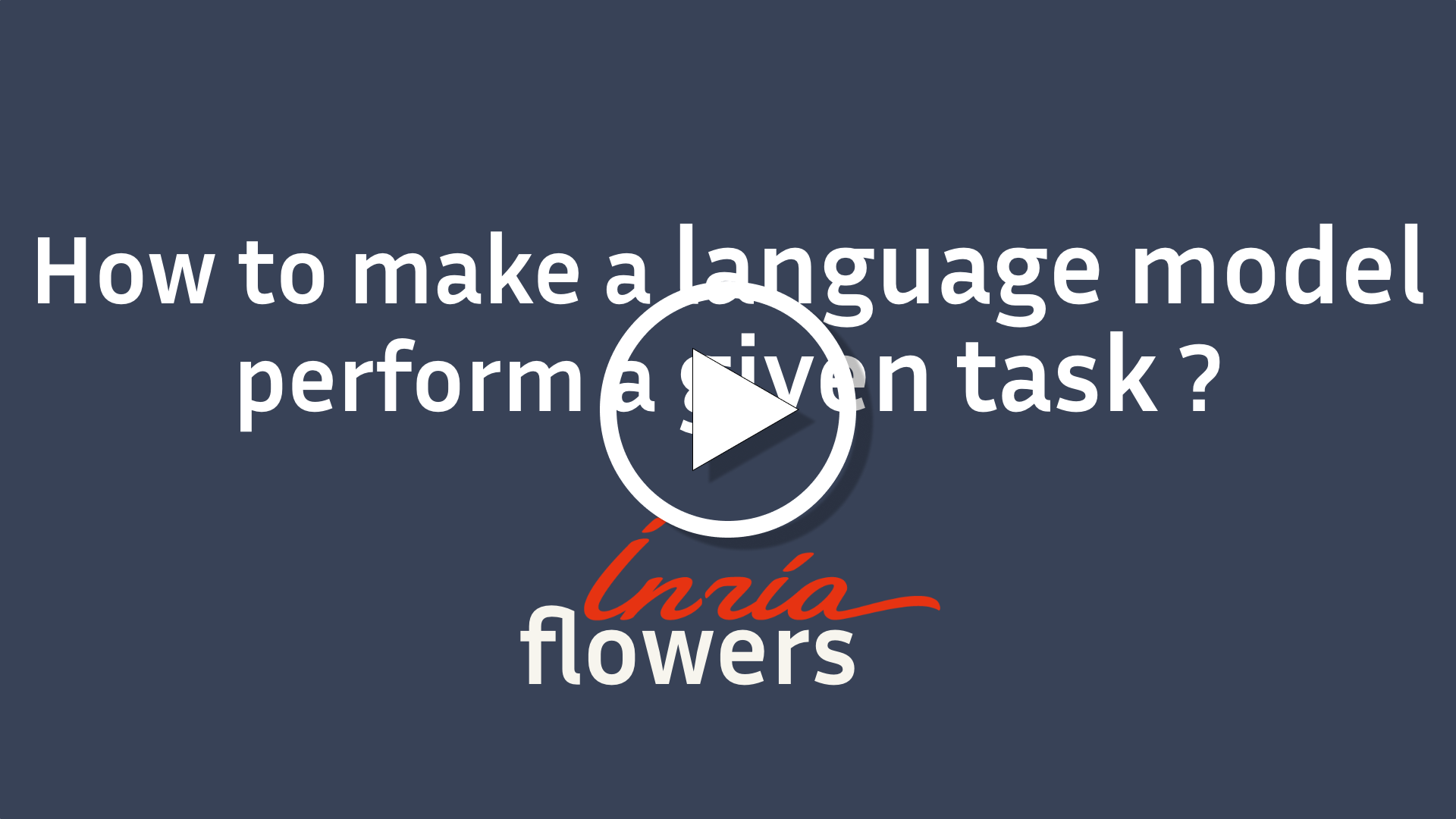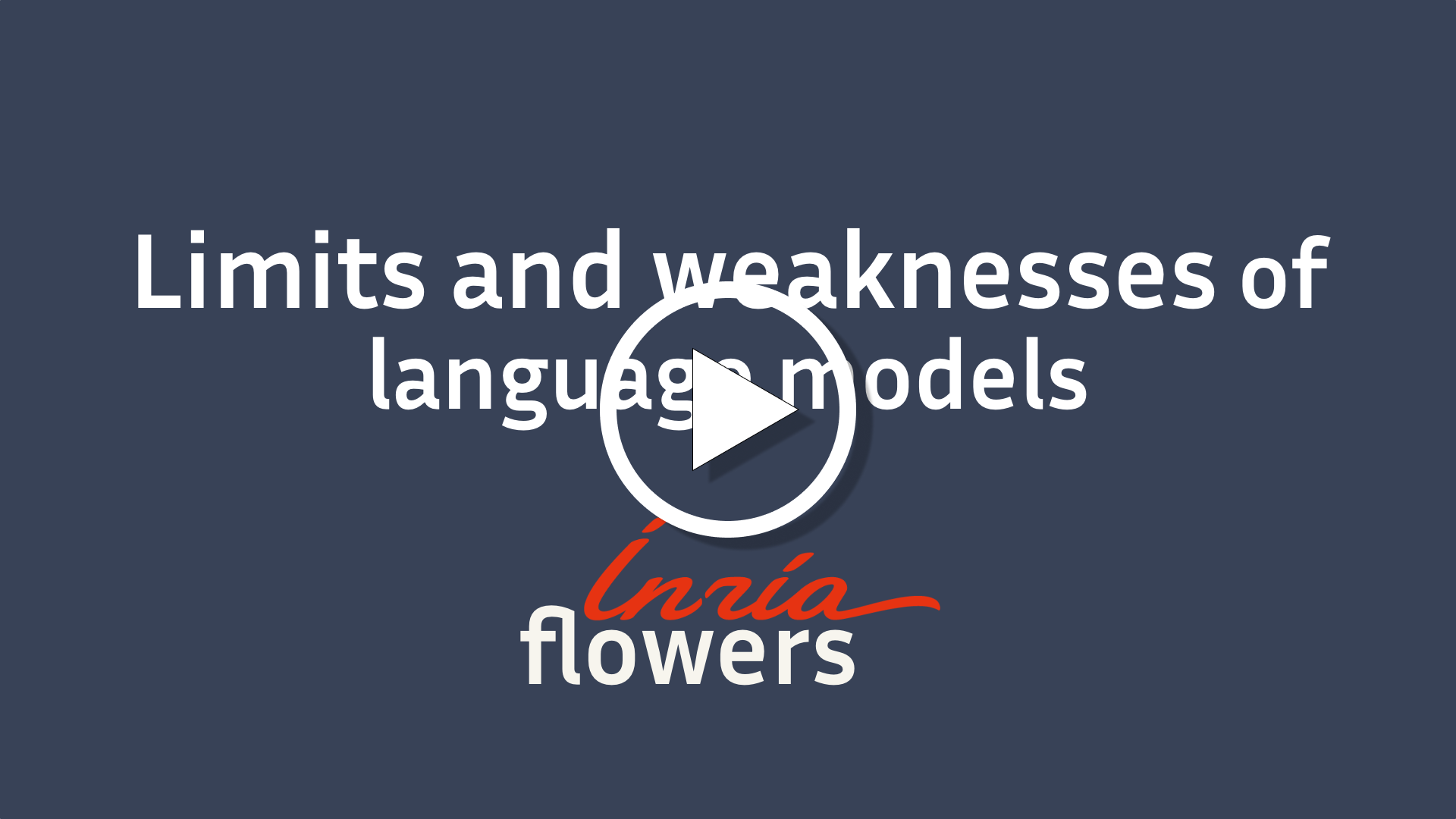
Dans cette série de vidéos pédagogiques destinée au grand public, l’équipe de recherche Flowers du Centre Inria de l'université de Bordeaux , spécialisée en Intelligence Artificielle (IA), vous propose de mieux comprendre comment fonctionnent les modèles de langage comme ChatGPT.
Constatant que la grande majorité des ressources éducatives sur ces modèles adoptait un format long et destiné à un public relativement averti, ce projet de vidéos au format court s’adresse en particulier aux élèves et enseignants de collèges et lycées, et plus généralement aux non spécialistes de l'informatique ou de l'IA.
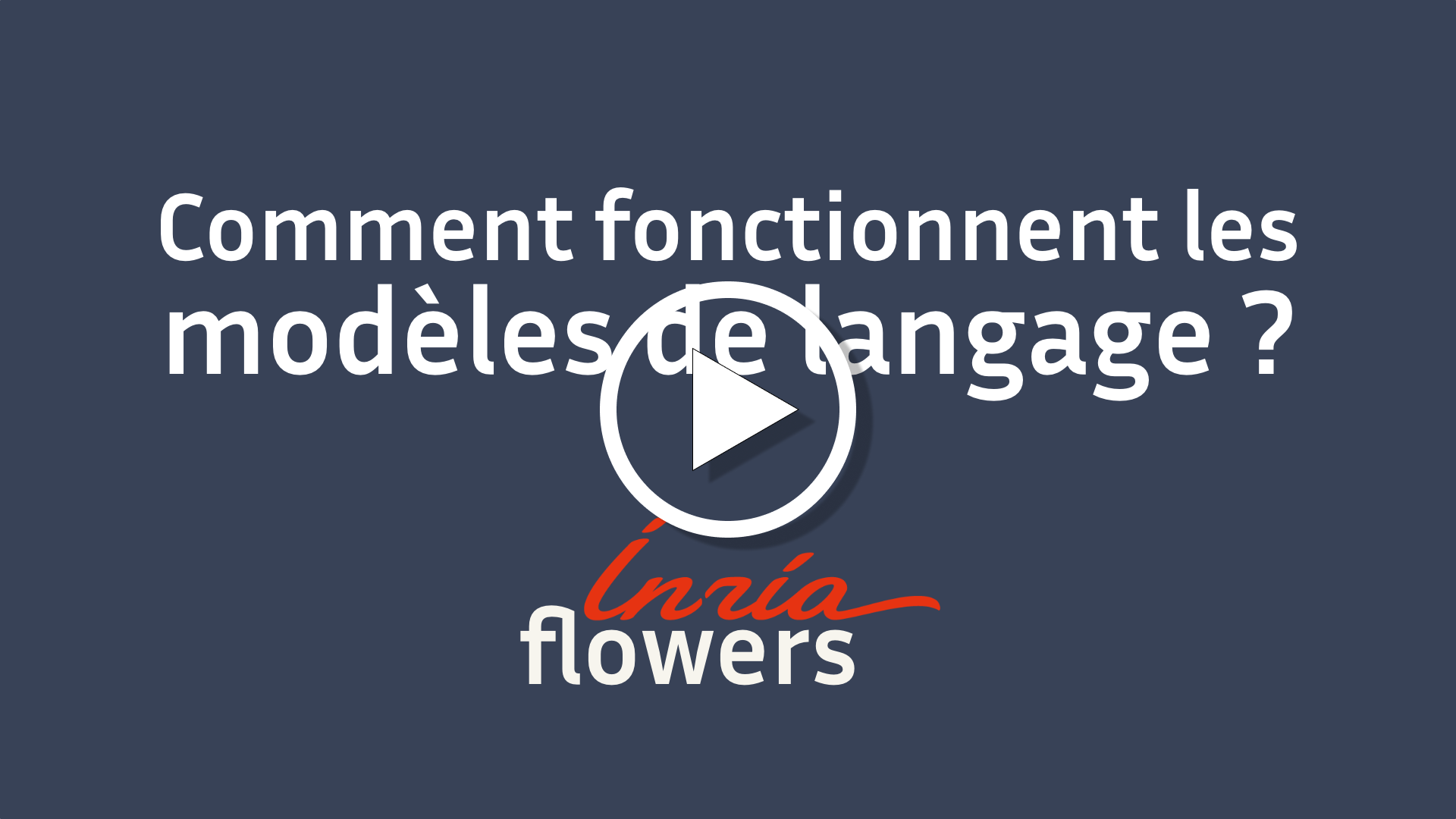
 *
*
